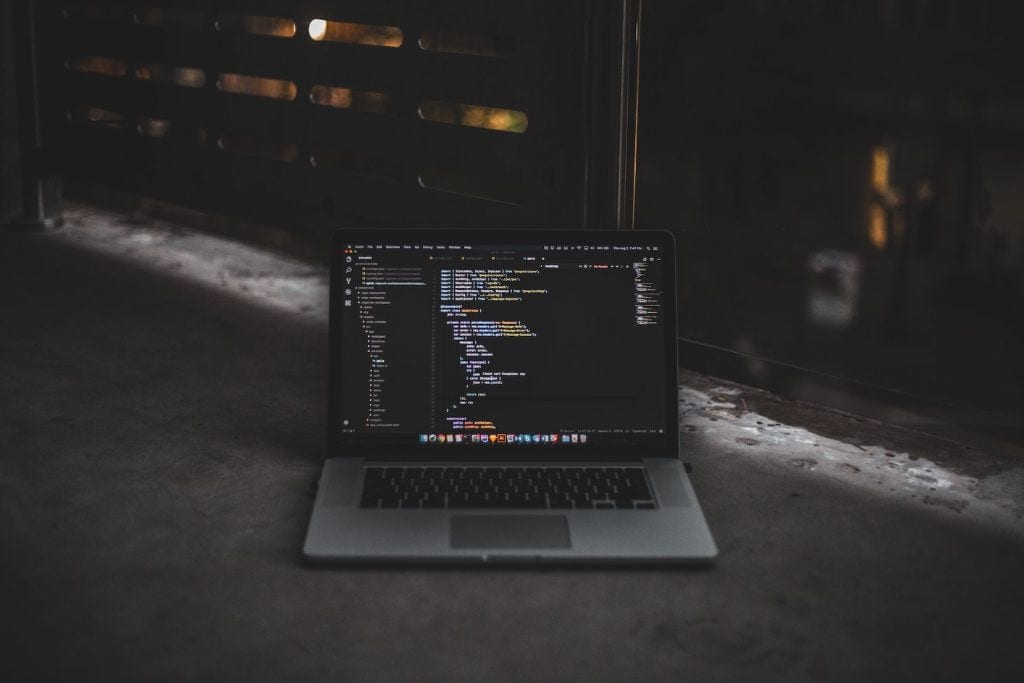It’s 2022, and if you ask whether Javascript trends are worth considering, you ask the wrong question. Javascript is a client-side programming language that powers more than 97% of websites on the internet. So, the right question will be how to leverage Javascript for web development excellence? This is where you need to know top Javascript trends.
Table of Contents
ToggleOver the years, modern web development has seen the adoption of several Javascript trends that optimize performance. In addition, the evolution of Javascript frameworks, libraries, and components has led to developers experimenting with the programming language. This development has led to a surge in trends and use cases that enable high-end web development.
These trends have enabled many use cases like data visualizations, native UI, reactive interface, and responsive websites. Understanding the Javascript trends is essential to get inspired and gain knowledge around development bottlenecks. So, here are the top trends in Javascript development for your projects.
#1. Micro frontend as a Javascript trend
The micro frontend has a similar concept to that of a microservice architecture. It breaks down the frontend monolith into more manageable small elements. However, it is not just a Javascript trend but is used widely with several JS frameworks.
Micro frontend architecture works on the concept of frontend component isolation. Especially if a user wants an instant response to feedback, rendering your site quickly is not enough. You also need capabilities to make changes on the go and sometimes on the user’s device. Micro frontends with end-to-end independent components help isolate the upgrades.
Similar to microservices, the micro frontends are individual entities that can be upgraded, deployed, and monitored separately. It also enables building a resilient system where a single Javascript failure does not undermine the entire application’s performance.
#2. Data visualization
Visualizing data and presenting them to stakeholders becomes vital for better decision-making. However, it is not always that simple. Fortunately, Javascript has many data visualization libraries that you can use to create intuitive and insightful visualizations for your data.
Using Javascript libraries, you can,
- Create heat maps, treemaps, network graphs, word clouds, and more
- Map geographic data with the visualization elements and build composite charts
- Use AJAX for better interactivity and retrieval of data
- Manage data in browsers with compatibility across multiple browsers
- Build data-driven web applications
Some of the best Javascript libraries for data visualization are,
- Backbone.Js
- Underscore.Js
- D3.Js
- Flotr2
- ApexCharts
#3. The forever Javascript trend: React
As a Javascript library, React offers features resembling a full-fledged framework. As a result, it has been one of the most popular front-end technologies for web applications. As a result, React has seen more downloads than other popular frameworks like Angular and Vue.
React has evolved with new features and components that make it trend-worthy! For example, it introduced an experimental feature called concurrent mode. It uses the interruptible rendering approach to provide a responsive and interactive user experience.
In addition, the concurrent mode allows quick adjustments of UI components based on the user’s device capabilities and network speeds. Unfortunately, the browser can’t update the text input right after the user presses a key due to a blocking rendering approach.
React’s concurrent mode eliminates this limitation through interruptible rendering. So, browsers can update the input in memory and render it. Once rendering is completed, React updates the DOM, and changes are reflected on the screen.
#4. Parallax
Parallax websites are another key Javascript trend that you need to consider. It helps in adding depth to your websites and creating unique customer experiences. Especially when experience-driven businesses see a 15% growth in revenues, this is a trend that you can’t ignore.
With parallax websites, the background images and content move more slowly than the main content in the front when a user scrolls down the web page.
Parallax websites help create a unique effect that enables the effective structure of the content. You can use Javascript libraries like Animate on Scroll(AOS) to build a parallax website. The concept of a parallax website works on the detection of different element positions and adds appropriate classes.
Further, AOS does not have dependencies and enables you to build websites that work seamlessly on different devices. Like the parallax website, visual enhancements like dark mode have gained popularity.
#5. Going dark with Javascript
Overexposure to light coming from smartphone screens and PCs has encouraged using dark mode for web applications. Dark mode has emerged as one of the most popular Javascript trends. Some of the key benefits for users of the dark mode are,
- Ease of use in low light conditions
- Reduces the impact of blue light coming from smartphones or PC screens
- Lower energy consumption makes the battery last long
- Reduction of eye-strain
- It helps users with light sensitivity
Javascript is ideal for dark mode implementations. Follow these steps to leverage a dark mode feature for your website,
- Create HTML document
- Create a CSS for the document file and dark mode
- Add a switch between light and dark mode
- Build a function to toggle between light and dark mode using Javascript
You can see it in the below script,
<p>
Click on the switch on top-right
to move to dark mode.
</p>
</div>
<script>
$( “.change” ).on(“click”, function() {
if( $( “body” ).hasClass( “dark” )) {
$( “body” ).removeClass( “dark” );
$( “.change” ).text( “OFF” );
} else {
$( “body” ).addClass( “dark” );
$( “.change” ).text( “ON” );
}
});
</script>
</body>
Therefore, there are three different classes used for the dark mode function-hasClass, removeClass, and addClass. These classes are added or removed as per the user’s request through a toggle button on the website.
Conclusion
Javascript is a constantly evolving programming language with several frameworks and libraries supporting a massive developer community. So, new trends are bound to rise which enhance the user experience. Understanding these trends will help you with innovations in web app development and create better customer experiences. However, which Javascript trends to choose always depends on your business-specific needs.




